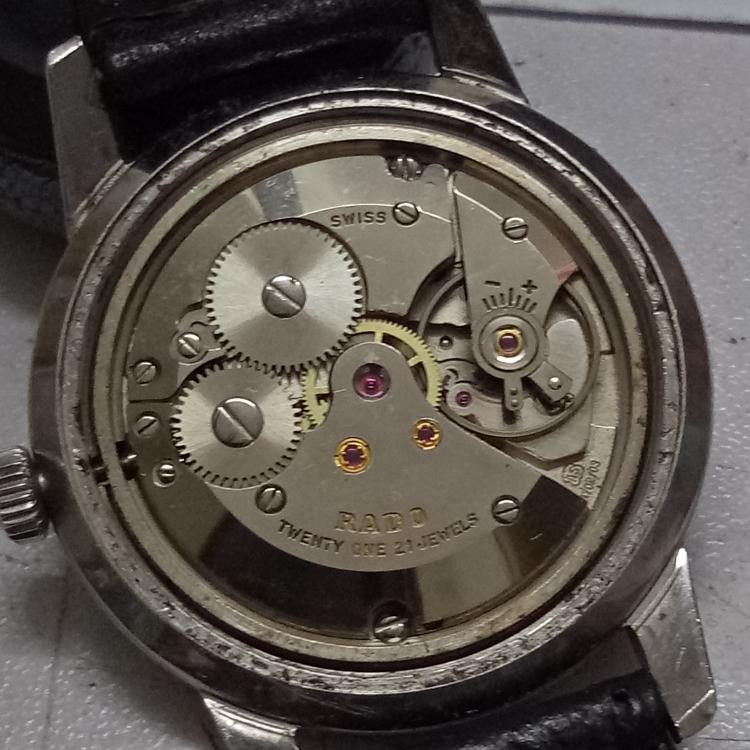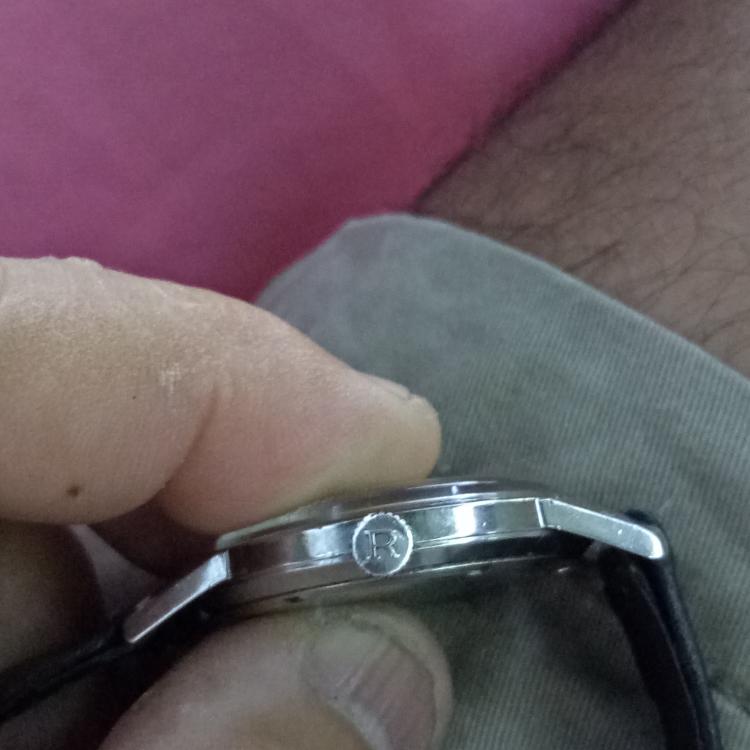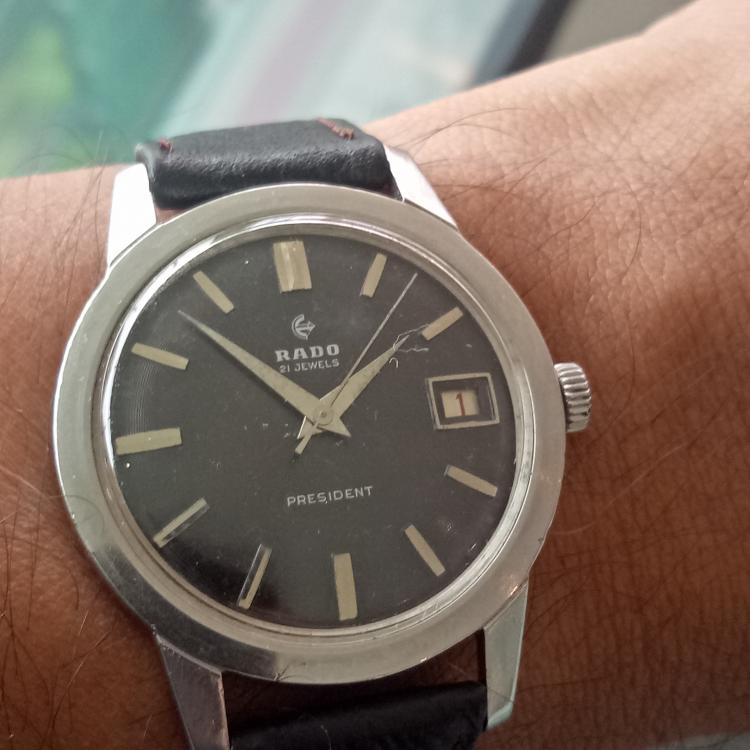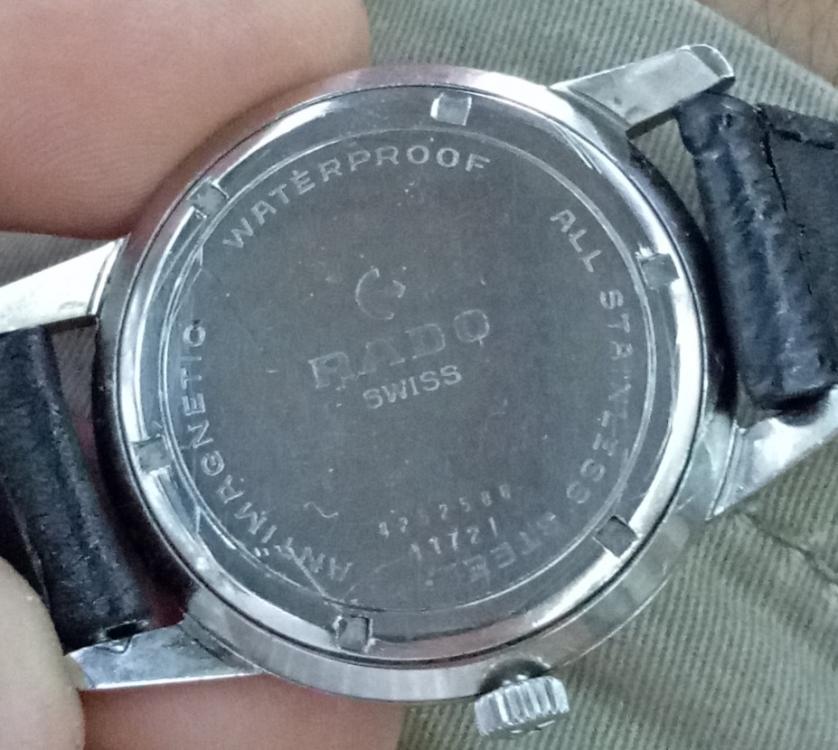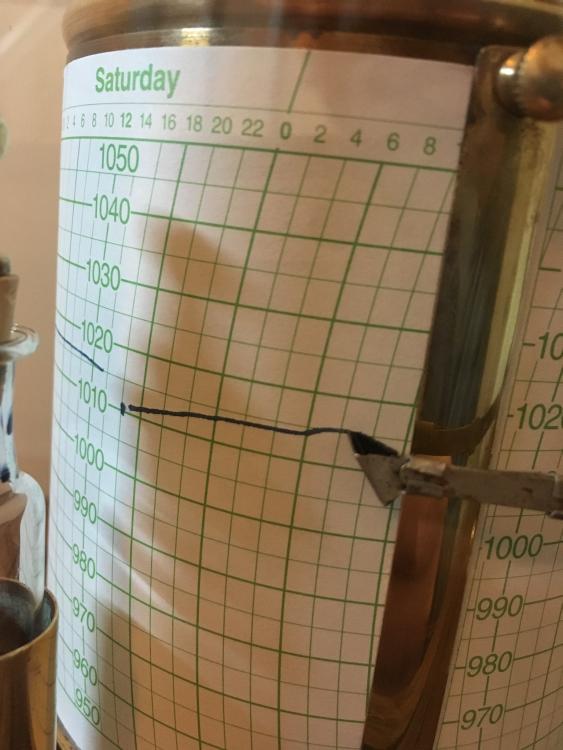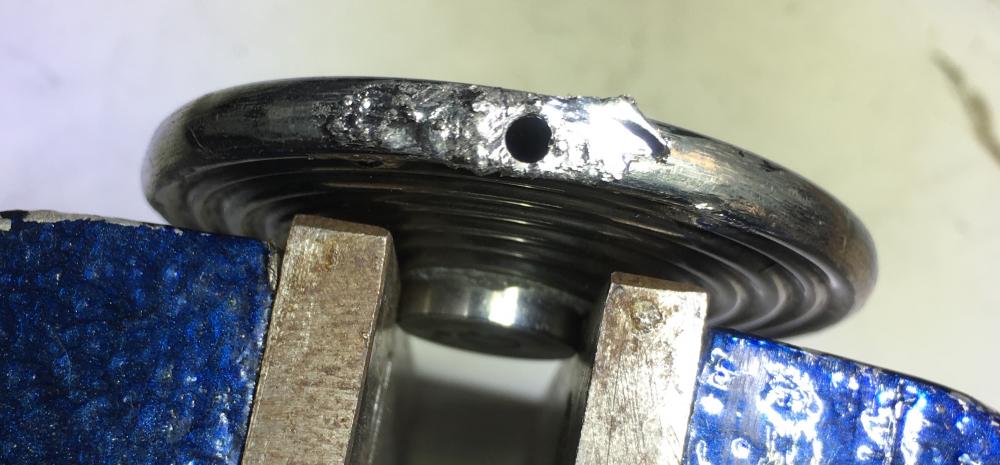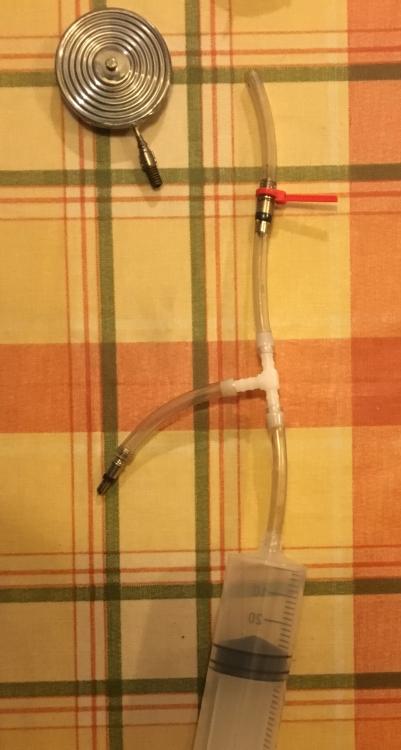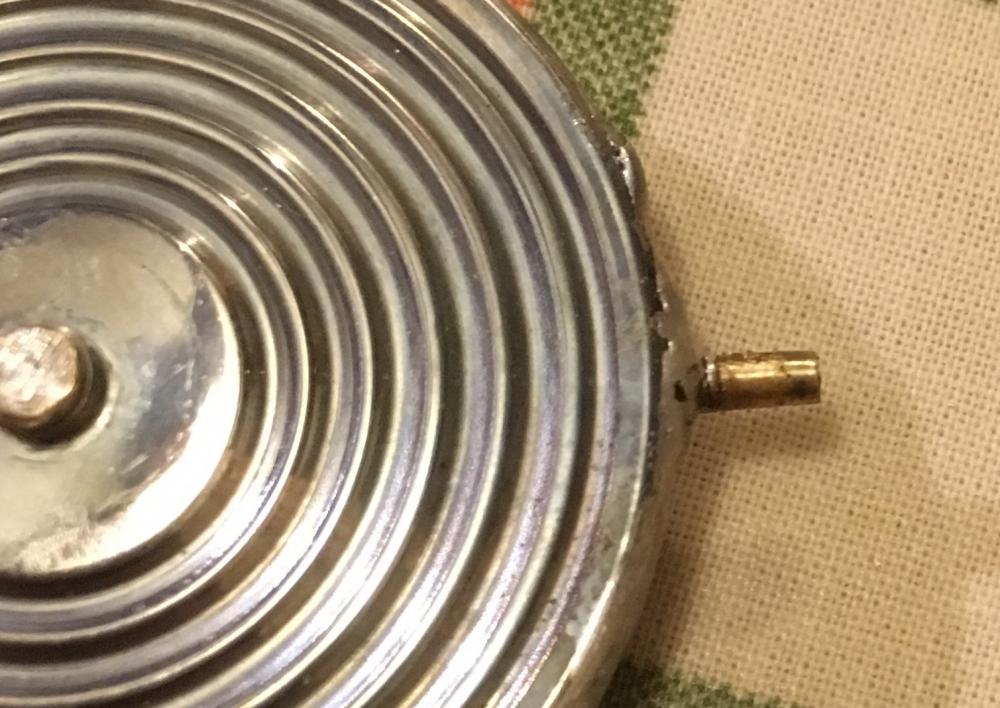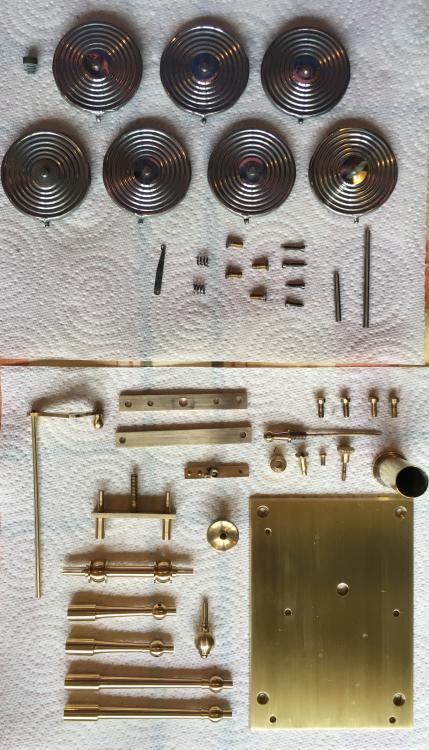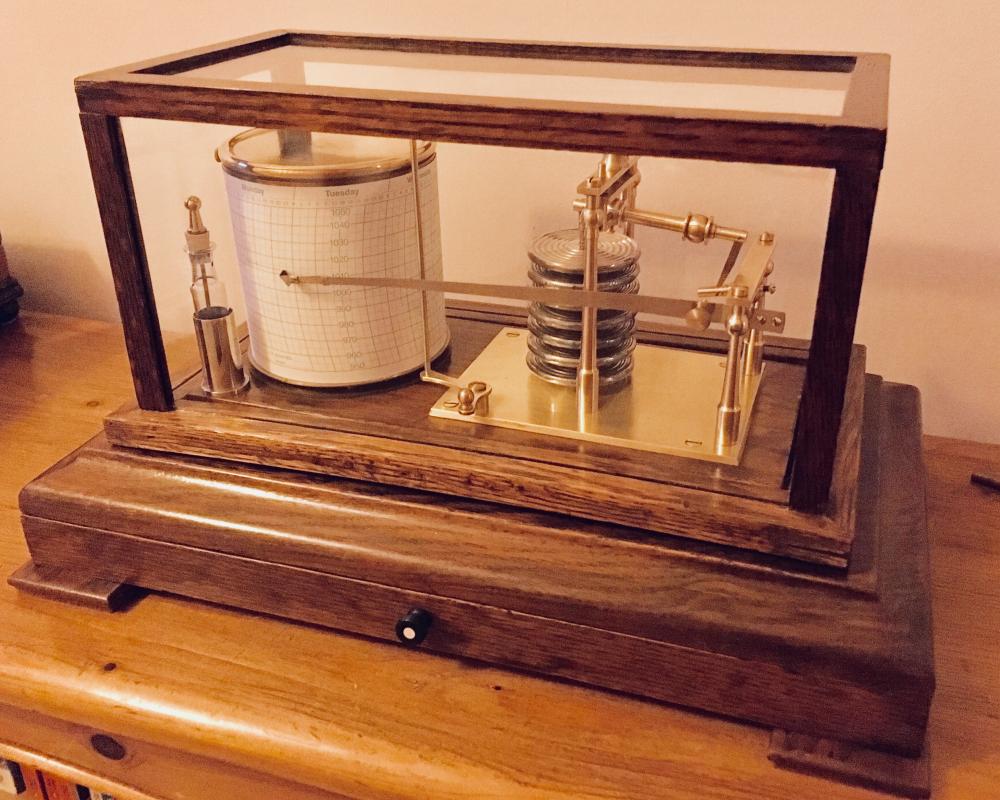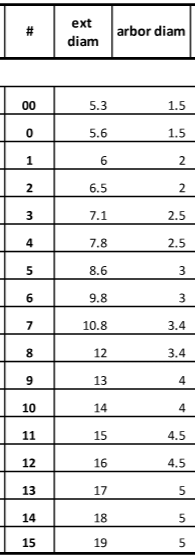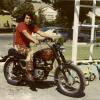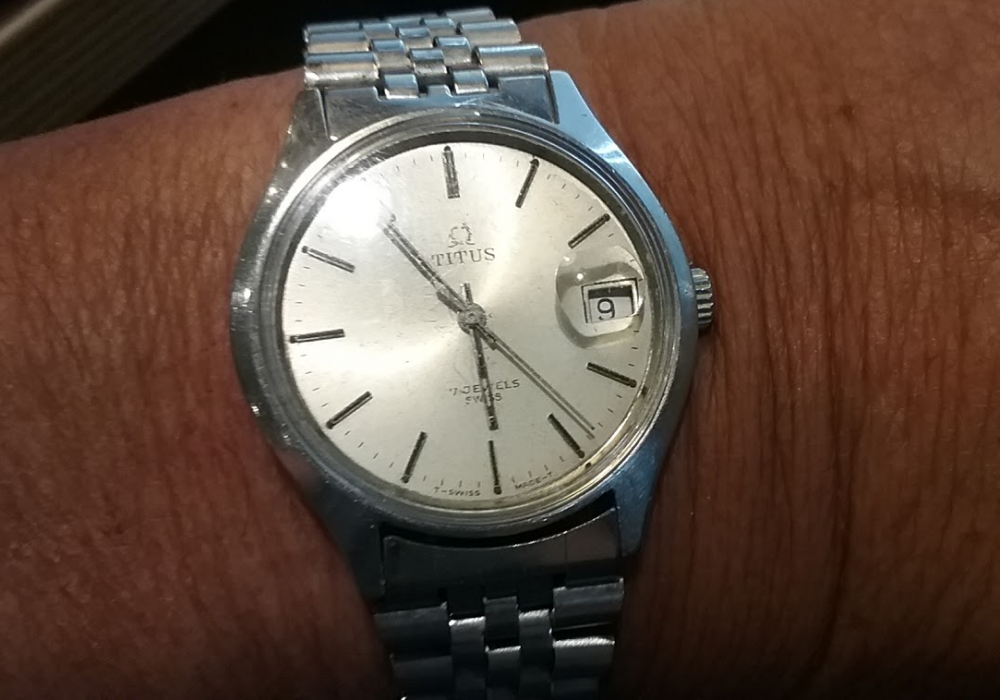Leaderboard
Popular Content
Showing content with the highest reputation on 06/18/18 in all areas
-
I am making a new balance staff for an 18S Waltham. I think the balance is friction fit, however, my first cut 1.45mm was a bit too much and the balance fits but is not tight enough. I decided to leave a little lip so I can rivet it on as well (let's see how that goes:). I then cut the hairspring part at 0.9mm and the pivot at 0.12mm; cut down to 0.2 and then reduced using a stone. I had to move the Steel Rod out as I had worked my way in too far with a failed first cut on the balance part. I then cut the roller table side and angled the largest diameter. Tonight I cut the lower pivot. Sent from my iPhone using Tapatalk Pro2 points
-
Hi, yes, forgot to say I got a response on the 06th June. They were gracious enough to let me know about similar material online to help. They gave me a link to a diagrammatic reasoning test which is similar to their logic test. And a numerical reasoning test which apparently is a little different to the numerical test but should still help. I was also advised to spend time with fractions and rearranging formula. As expected, they were unable to provide practice example tests. Very happy to get such an informative response. Not least because - at best - I 'm very rusty at a lot of the above.2 points
-
Dug out this Rado President, it uses an AS1702 with 21jewels. Pretty good except that it has these cap jewels which are pretty much permanently affixed. These have been discussed on this forum with no clear solution. Pretty basic dial, the Rado, anchor and 'President' are printed directly on the dial. Additionally the dial is engraved with fine concentric circles. Hard to photograph. Side note: If the Rado anchor is printed directly on the dial, its a hand-wind. If its mounted on a 'jewel' and can rotate freely then its an automatic. Instead of the Rado anchor on the crown, it has an 'R' which is what Rado used in the fifties to the early sixties. Caseback is normal.. nothing fancy but it has character. I've had this watch for at least 10 years and I remember the caseback was a **BLEEP** to remove. I had to bring it to a friend who had workbench opener to open it! And inside we have the aforementioned AS1702 movement..Looks pretty good for something approaching 60years old! Unfortunately the case has some scars visible due to water being trapped under the gasket, in this case I would imagine a lead gasket? Hope you enjoy the pics! Anilv2 points
-
Have you check the horotec quartz tester out . Great little machine that can do lots of things. I was about to buy one when i worked on some quartz watches. But no i seldom do . https://www.cousinsuk.com/product/horotec-flashtest1 point
-
On most movements the barrel teeth are visible on the edge of the movement. Shake the watch to set the balance moving and use a screwdriver to push the barrel along on the visible edge and see if the movement runs. What you are doing is simulating the power of the mainspring. Pin-levers need more power than a jewelled lever movement. Anilv1 point
-
Thanks JDM - I'll get in touch with them. If the deal is better for Americans, I should be able to use a freight forwarding service I'll also keep that new movement up my sleeve. I'm in two minds about that. Certainly sound like a cheaper and more reliable option though. The local guy reckons that the rest of the interior looks good, just that circuit board gone. So there seems to be some nostalgic tugging at me to try and preserve it (although, I realised this is not a particularly special watch - just special to me). Cheers Rogart63 - yep, I'm an Aussie. Down in chilly Hobart! I'll also reach out to VTA and see what he reckons. Thanks Pip - if I have no luck with the other options, I'll head to eBay!1 point
-
There are two common problems that can cause this phenomenon of poor timekeeping. What does the customer use to compare the watch to? Specifically how does the customer know the watch is fast or slow. Sometimes customers will look at a variety of time sources none of which are on time and or use time sources that are less accurate than the watch. Then this is an automatic the problem with automatics are they need movement to stay wound up. Not all customers are active enough to keep their watch wound up. As people get older they're not necessarily as active as they once were or the lifestyle changes variety of reasons they keep automatic watches from getting enough movement to stay wound up.1 point
-
Yes, there was a lot more learning in there than I expected. You will have fun with the sewing machine. I serviced an old sewing machine years ago for my wife and it took quite a while to understand what effect all the adjustments had. Interestingly she now has a much newer machine as she wanted more features, and that one has virtually no adjustments... presumably manufacturing accuracy has improved to the point where adjustment in the factory is not necessary and it’s designed to be thrown away when worn out . The barograph looked like such a simple mechanism, but understanding where the friction comes from to keep the hysteresis down is really important. It’s very easy to set the pen pressure too high and even that has a big effect. Also, it is recognised that the important thing a barograph does is provide a trend, rather than absolute point accuracy, so no need to chase my tail too far on that... so over night and this morning the pressure is rising and the weather is set fair . The gap in the trace yesterday is where I took it apart again to put a new link pin hole in the bellows attachment.1 point
-
Time for an update on this... which appeared to have suffered a few challenges over the years. 1. Bellows Some research led me to discover that I needed about 1”Hg vacuum inside the leaky capsule. We still make some old bellows at work and have equipment which might have done this job... a vacuum bell jar with an inductive heating coil inside. Sadly I only had one part to practice on and I didn’t want to ruin it... nor break the equipment! So I found the original hole and made a new short piece of brass pipe and soldered it into the capsule in the same way as the others and made a vacuum pump from a syringe and bicycle tyre valves. This all worked well and whilst I couldn’t measure the vacuum, the capsule contracted down to the same height as the others with the best vacuum I could get. All was good until I tried to crimp the brass tube so I could cut it off and solder closed. I had hoped that it wouldn’t leak in this process, but sadly I was wrong. If I’d had plenty of brass tube then I could have had a few more attempts, but I’d had to make what I had from a brass bolt and didn’t fancy turning loads of them, even if I’d had any more suitable bolts. In the end I decided to do a temporary fix until I had more time to play, so I held the capsule compressed in a vice and soldered it shut. When released from the vice it retained about 50% of the compression. So it now has a little more air than it should do inside which will make it slightly temperature sensitive, but probably no other effects. The end piece of the bellows which connects to the lever arms was a home made replacement (possibly the bellows has been taken from another barograph), and the link pin hole was in the wrong place. I modified that today after the pictures below were taken. 2. Case I had to strip all this apart as it was warped and the joints were loose, plus the drawer didn’t fit properly. I managed to retain most of the original varnish then waxed with Liberon black bison paste 3. Lever mechanism I stripped all this down and cleaned the brass and polished all the pivots. Cleaned the dried up ink out of the nib and the bottle. All the brass had a grained finish so I refinished in the same way, without making it look brand new. I was going to use horological lacquer on the brass, but it didn’t seem to be finished that way in the first place so I opted for a coat of clockshine wax from Meadows and Passmore. I've never used that before so we’ll see how it goes. I can always strip it and lacquer later, but stripping off lacquer in the future would be a pain. Bought new charts and ink from Barometer world and voila... I still have to service the clock but since it is going I wanted to run it for a couple of weeks to see if it has any issues. I’ve had it running for a few days and made some calibration adjustments (there are a couple of option holes on the linkage); all seems good now but really need some bigger swings in atmospheric pressure to be sure. More to follow when I strip the clock down (one day)1 point
-
1 point
-
1 point
-
1 point
-
1 point


